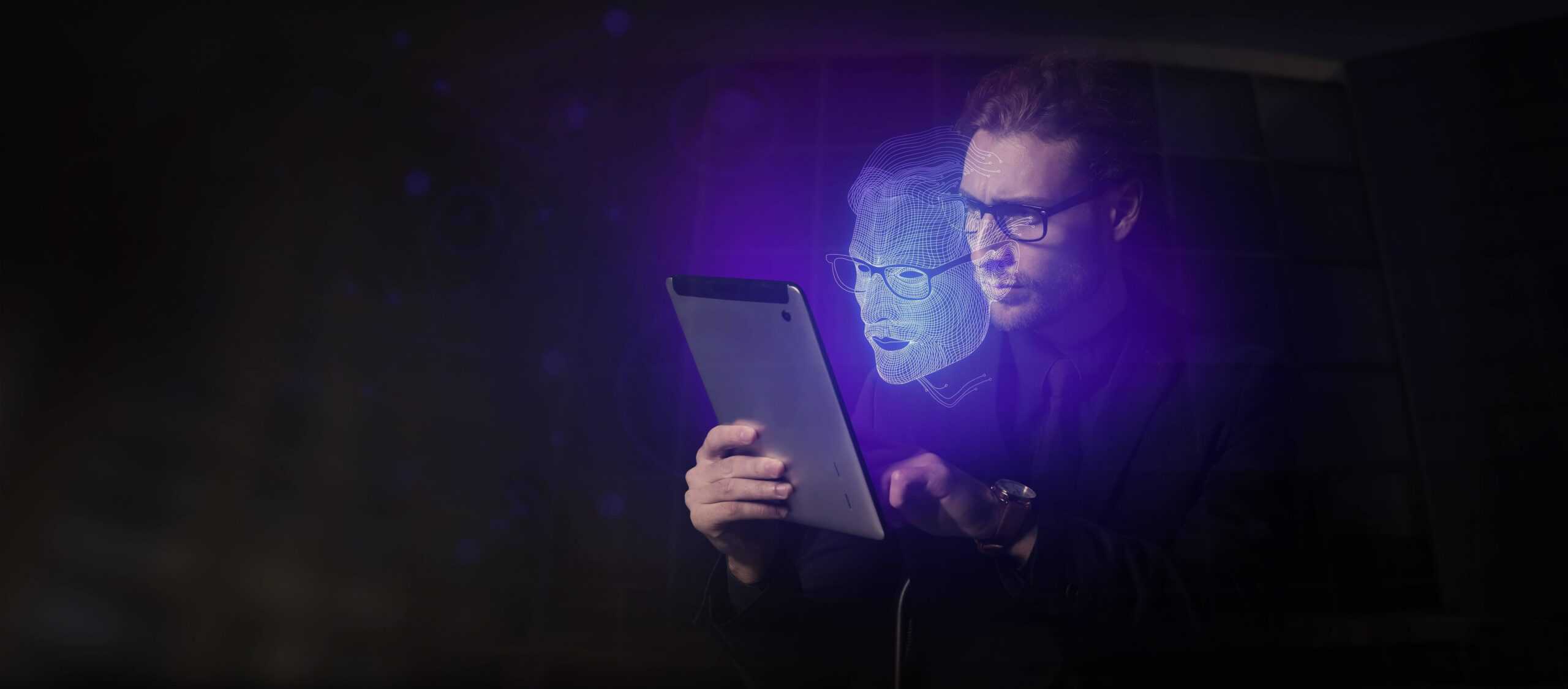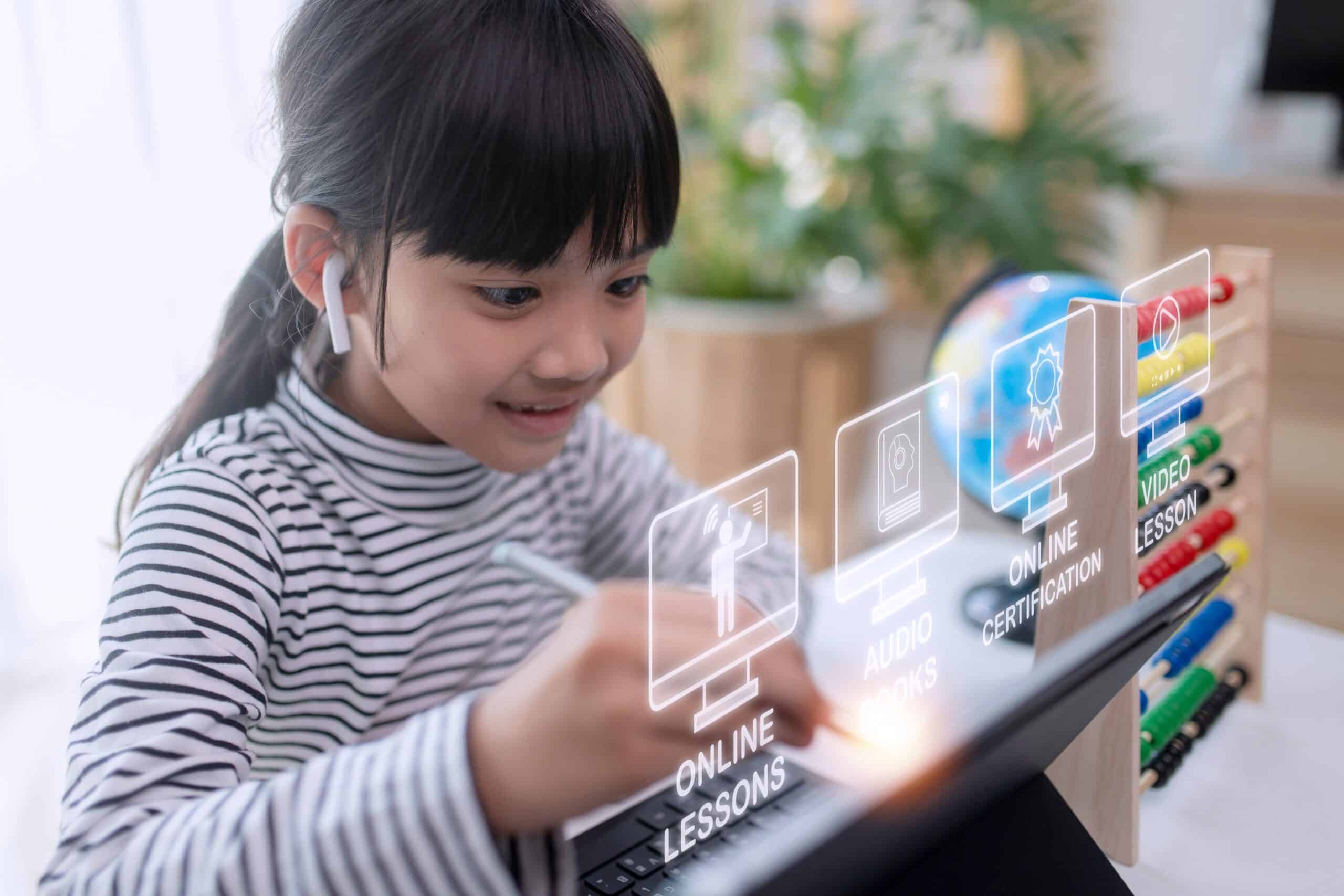- Tired shelves and musty old books? Think again
- Libraries are keeping up with the changing times
- The death of the book is far from nigh
- The AR revolution: delivering expanded content for print materials
- In the libraries of the future, books talk to one another
- The library of experience: download straight to your brain
- A place of creative experimentation and high tech adventure
Technology leaves nothing unchanged, certainly not how we store, access, and use information. You’re no doubt intimately familiar with mp4s, torrenting, and web searches. But how much do you know about libraries and their future?
Tired shelves and musty old books? Think again
When you think of a library, you probably imagine tired shelves, worn carpet, and musty, old books. But it’s also safe to say that your local library is serving your community’s needs as well. Polling consistently demonstrates that people are happy with what they find at their libraries even though they don’t often visit. Research indicates time and again that nearly everyone who experiences what a library has to offer is pleased, although younger people often believe these venerable institutions are out of touch. Libraries are an ancient concept, but they’ve been reinventing themselves for millennia. Indeed, a recent Pew survey revealed that only 38% of the public realised that the vast majority of libraries offer ebook lending. This suggests that people are generally poorly informed about how libraries in the 21st century can help them learn.
Libraries are keeping up with the changing times
The guiding principle of libraries has always been information access. As technology changes, the way in which that information can be conveyed has changed, too. For libraries, this has meant thoughtful transformation as they move from the golden age of books to an era of digital content. But remember, at one time, books and microfilm were state-of-the-art information devices – and libraries have always been at the cutting edge of information technology. If you think libraries are behind the times, it may be because you haven’t visited one recently!
Experts like David Pescovitz, a research director for the Institute for the Future, assert that libraries are places to access 21st century information, instead of storage sites for dusty dictionaries. The books that you associate so strongly with libraries were the 20th century’s means to that end. Times have changed, and libraries are keeping up. They’re already emphasising hyper-connectivity, innovative approaches to reading with augmented reality, and peer-to-peer learning. In short, libraries are reinventing themselves for the future.

The death of the book is far from nigh
We all love high-tech, and the proliferation of e-readers like the Kindle is changing how we consume the written word. But before you prepare the obituary for the traditional book, keep in mind that they remain strikingly popular. Britain, for instance, witnessed a 42% increase in print book sales from 2001 to 2011; that is, sales increased by an incredible margin at about the time we saw a renaissance in TV, with shows like Mad Men, Breaking Bad, and Game of Thrones, as well as surges in other forms of electronic entertainment. Reading remains a popular entertainment, then, even when other options are available. Consider that the Harry Potter franchise has sold more than 450 million books alone, and you can get a good sense of the scope of this popularity. Most Americans, for example, read for pleasure, somewhere between 71% and 82%, depending on where they live.
The AR revolution: delivering expanded content for print materials
It seems that libraries will continue to function as a repository for books because we continue to consider print materials valuable, but technology is changing how we find and use the information they contain. For example, the Chinese company Toout offers a digital bookmark that can help you find a title by offering turn-by-turn directions to its place on the shelf. It can even see when the book you’re looking for has been moved, mis-shelved, or simply left on a desk somewhere. Moreover, the tiny device is connected via the Internet of Things (IoT), so it can keep track of all the books you’ve borrowed, remind you when to return them, and act as your library card at the same time.
Not to be outdone, Sures Kumar has developed Nimble, an augmented reality device that delivers expanded content for print materials. A small card about the size of an ordinary ID card, Nimble can direct you to the book you want much like a compass. Simply flip the Nimble over and follow the arrow! But that’s just the beginning. As a library card, Nimble pairs with smart desks. When you select a magazine, for instance, the desk recognises your choice and offers you digital back issues instantly, allowing you to leaf through its electronic pages by swiping left or right. This innovative approach to reading allows you to select text or pictures from a print book with your finger, providing you links to additional content or web searches. It allows a reader to ‘pull’ text from a printed page and display it on the desk, making note taking easy. And because it can automatically translate languages foreign to the reader, it increases the breadth of information its users can access. Augmented reality is the perfect partner for print books. It allows the real to be upgraded digitally, and Nimble takes full advantage of this.
In the libraries of the future, books talk to one another
The Internet of Things (IoT) uses sensors and Internet connections to allow nearly anything to communicate data to anything else. This rather nebulous sounding idea is pretty concrete, however, and in the case of libraries, it’s transformative. When books can tell librarians where they are in the library, loosing a rare item in a mountainous collection becomes impossible. When you consider that research libraries often have collections that number in the millions, if not tens of millions, this importance of instant location becomes clear. But the IoT can also track patrons and their patterns, telling librarians which sections of the library are the busiest, which collections rarely see traffic, and which books are likely to catch someone’s eye but not their taste. Which computers are most widely used? Which reading rooms are least popular? By collecting and reporting data, the IoT will change how we use libraries, as well as how they’re designed and arranged for our demands.
The library of experience: download straight to your brain
But as our technology improves, some pretty shocking things are becoming possible. Advances in neurotech, for instance, already allow researchers to implant memories in animals. Soon, pioneers like Theodore Berger at UCLA hope to be able to do the same thing with people. While the tech is currently being steered toward helping those with debilitating illness or brain injuries, Berger’s team is exploring implanting memories for education or entertainment. Imagine Matrix-like downloads! Experts like Pescovitz insist that this could transform libraries into warehouses of experience. As the IoT allows incredible data collection, he thinks that the future may allow you to book a safari to Tanzania or a flight to Mars by simply downloading the experience to your brain.
Libraries as peer-to-peer facilitators
Libraries have always been places of learning, and that will never change. Increasingly, though, education is informal and peer-to-peer. If you want to learn how to program in Python or repair a small engine, it’s easier to find content online than in a classroom. But if you’ve ever tried to follow online instructions, you know how frustrating that can be without help. Librarians realise this, and they realise the benefit of hands-on education in everything from chemistry to journalism. The Dallas Public Library, for example, offers community-led classes to high school students interested in journalism. Collaborating with the newsroom of Dallas Morning News, students and journalists work together with librarians as mentors, learning to use the digital and paper resources of the library to increase the quality of their reporting.
But the future isn’t limited to brick and mortar classrooms, and virtual reality is making waves in education because its immersive, experiential capabilities enhance learning. The equipment is still expensive, however, and not everyone has access. Libraries could become the central repositories for free, public VR tech, allowing anyone to experience the best of the virtual. From touring the Louvre to exploring the deep sea, libraries could recast themselves as centres of virtual experience, much as they were repositories of information for more than 2000 years.
A place of creative experimentation and high tech adventure
3D printing is a form of additive manufacturing in which a high-precision nozzle extrudes a semi-solid that rapidly hardens into the desired shape. As the tech has advanced, the printers and the goo that allows them to work have become less expensive. Nevertheless, at present, they’re still beyond the reach of the average consumer. But libraries have the resources to purchase and maintain these gadgets and the technical know-how to teach people how to use them. One of the exciting things about 3D printing is that anyone, anywhere with an Internet connection can upload or download designs. In practice, this means that every location with a printer becomes a mini-factory, spitting out designs freely available on the web. Libraries that host public printers may reinvent themselves as learning and manufacturing hubs, places for creative experimentation and high tech adventure rather than musty learning.
Reimagine libraries as places to access information and explore creativity, and their continued existence makes perfect sense. As they adapt to the demands of the 21st century, they’ll increasingly rely on technology to augment the traditional experience of learning, transforming themselves into centres of hi-tech investigation.







